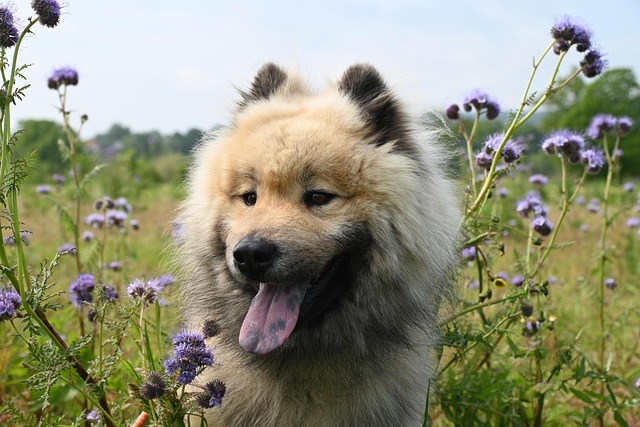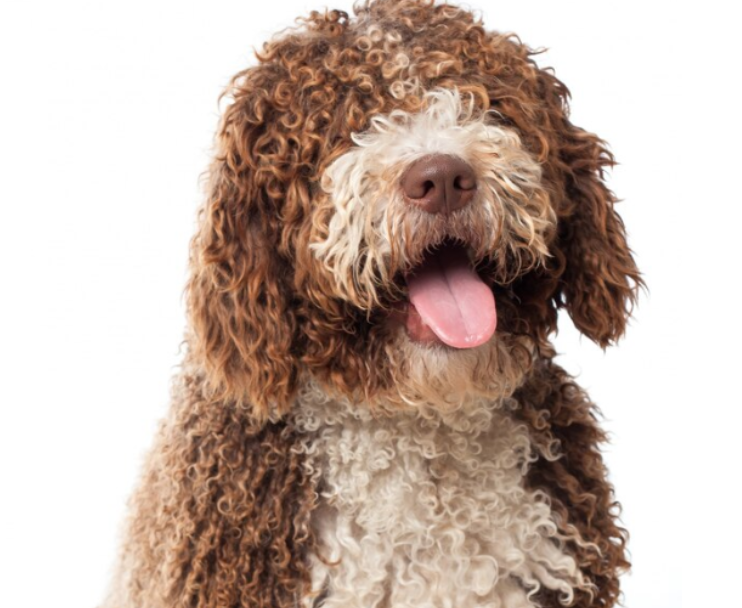Luscious locks and soft silky coats, these are just some characteristics of long-haired cats. Persian cats may be the first cat breed that comes to mind when talking about long-haired cats. Yet some of the other breeds in this category are the Somali, Siberian, Selkirk Rex, Balinese, Ragdoll, RagaMuffin, British Longhair, Chantilly-Tiffanny, Norwegian Forest Cat, Nebelung, and Himalayan. Whichever breed you choose, these felines have long manes that add to their charm!These adorable cat breeds have fluffy coats and varying lengths of hair. Their hair may be soft and luxurious, but a certain amount of grooming is necessary. Here are some tips to help your feline friend maintain their gorgeous looks.
Shedding and Brushing
Cats change their fur during Spring and Autumn. During these times, cats change their hair to sustain the changes in weather. A lighter summer coat replaces the winter fur of cats as a protection to the UV rays and excessive heat. On the other hand, their winter fur consisting of sub-layers of hair protects cats against the colder climate. Molting also happens naturally and daily. It is during these times that cats need more grooming and the help of their owners. To reduce cat shedding or help in this process, it is essential to regularly brush your pet with the right tool, for example a longer haired cat brush. Selecting the right brush is vital since there are various types, length of bristles, and even add-on features that would be beneficial for you and your feline friend.
Grooming
Grooming your cat will highly depend on their coat. You have to consider the type and texture of your cat’s fur, as well as their age, lifestyle, and any health issues. Although cats can groom themselves, overweight cats may have problems reaching particular areas of their body. These are parts in the back half, including the area under their tail. Thus, a regular brushing session is very much recommended. Older cats may also lose interest in grooming themselves; in such cases, grooming is heavily relied on to owners.A more significant deal of upkeep is also required for cats that have silkier and softer coats. Some long-haired cats quickly become matted while other coats do not tangle as much. The frequency of grooming can range from being performed daily to just once a month.
Bathing
It is recommended that cats get a bath and blow-dry every four to six weeks. However, long-haired cats may require more depending on their environment and lifestyle. If your cat’s coat feels sticky and greasy, it is a good indication that a bath is needed. It is advised to introduce baths to cats while they are still young and to perform regular shower schedules to ease them into liking this process.
Professional Grooming
Some owners opt to have their cats groomed by professionals. This can be done, but only if necessary. Cats can feel stress when introduced into a new environment with unfamiliar people and processes. However, if your cat needs grooming and you can’t manage it, try to search for an in-home groomer or those doing a mobile grooming service. If you opt for a grooming shop, ensure that it is highly recommended.Our long-haired feline friends are truly amazing creatures. Their luxurious locks make them even more fascinating, and it’s just like having a plush toy come to life! But to ensure that their locks are maintained, it is essential to know when they shed and change their fur. You should also be ready to bathe them, brush and blow-dry their hair and to select the best-suited tool for this. Just remember that every cat is unique and that their grooming needs may vary. What is essential is that you have the responsibility to make time to care for them and their fantastic coat.





Leave a Reply